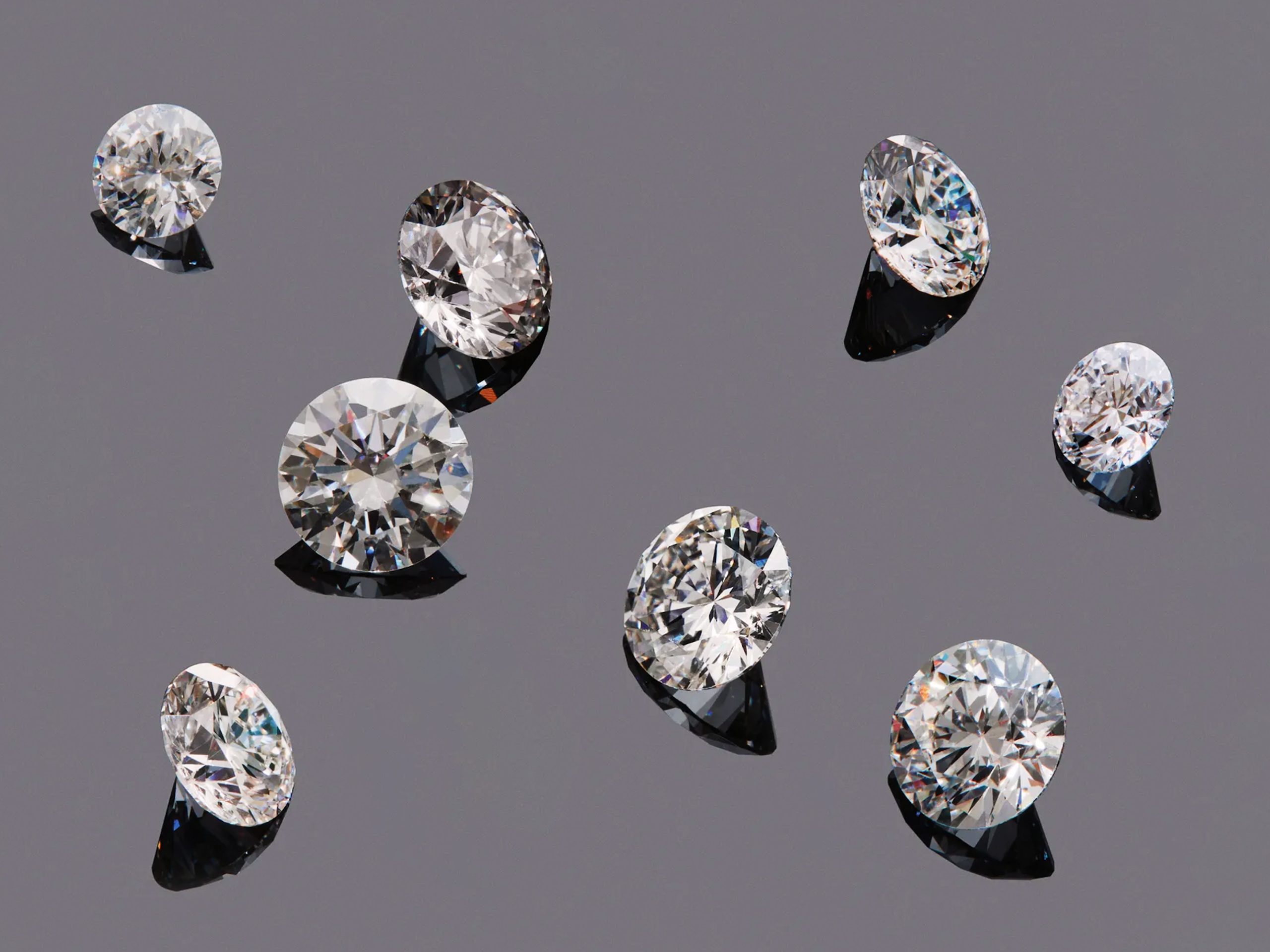Unlocking the Wisdom: Navigating Life through Wing Chun Philosophy

I. Introduction
A. Brief Overview of Wing Chun
Wing Chun, originating from southern China, is a martial art known for its efficiency and directness. Developed by female martial artist Ng Mui, it was designed to empower individuals of all sizes and strengths.
B. Importance of Understanding the Philosophy
While mastering the physical techniques is crucial, grasping the underlying philosophy is equally vital. It provides a holistic approach to combat and extends its principles to various aspects of life.
II. Origins of Wing Chun
A. Historical Roots
Wing Chun finds its roots in the turbulent periods of Chinese history, evolving as a practical self-defense system during times of conflict and oppression.
B. Founders and Key Contributors
Ng Mui’s role in Wing Chun’s development and subsequent contributions by other masters like Ip Man have shaped the martial art into what it is today.
III. Core Principles
A. Simplicity and Efficiency
Wing Chun emphasizes straightforward and efficient movements, focusing on achieving maximum results with minimal effort.
B. Centerline Theory
The centerline theory is a fundamental concept, guiding practitioners to control and dominate the central line during combat for strategic advantage.
C. Economy of Motion
Minimizing unnecessary movements allows Wing Chun practitioners to execute techniques swiftly, maintaining a defensive stance at all times.
IV. The Mind-Body Connection
A. Focus on Mindfulness
Wing Chun incorporates mindfulness into training, enhancing awareness and responsiveness during combat scenarios.
B. Integration of Mental and Physical Aspects
The philosophy underscores the unity of mind and body, acknowledging that mental preparedness is as crucial as physical skill in martial arts.
V. Adaptability in Combat
A. Fluidity in Movement
Wing Chun encourages adaptability, enabling practitioners to seamlessly adjust their techniques based on the opponent’s actions.
B. Responding to the Opponent
Instead of relying on predetermined movements, Wing Chun practitioners are trained to react dynamically to the opponent’s actions, gaining a tactical advantage.
VI. Techniques and Forms
A. Fundamental Techniques
The martial art comprises a set of fundamental techniques, including strikes, blocks, and joint locks, forming the backbone of Wing Chun combat strategies.
B. Understanding Wing Chun Forms
Forms, or “kata,” are choreographed sequences of movements that teach specific techniques and principles, serving as a crucial aspect of Wing Chun training.
C. Practical Applications in Self-Defense
Wing Chun’s techniques are not merely abstract movements but have practical applications in real-world self-defense scenarios, emphasizing efficiency and precision.
VII. Philosophy in Daily Life
A. Applying Wing Chun Principles Beyond Combat
The philosophy extends beyond the training hall, offering insights into problem-solving, decision-making, and maintaining composure in daily challenges.
B. Enhancing Personal Discipline
Practitioners find that Wing Chun philosophy instills discipline, helping them stay focused on their goals and overcome obstacles with resilience.
C. Building Resilience Through Philosophy
The principles of adaptability and simplicity learned in Wing Chun contribute to building resilience in individuals, helping them navigate life’s complexities.
VIII. Challenges and Misconceptions
A. Common Misunderstandings
Wing Chun faces various misconceptions, such as being solely a close-range combat style or applicable only to certain body types.
B. Addressing Challenges in Learning Wing Chun Philosophy
Overcoming challenges in understanding and applying Wing Chun philosophy requires dedication, guidance, and a willingness to delve deeper into its principles.
IX. The Global Influence
A. Spread of Wing Chun Worldwide
Wing Chun has transcended its cultural origins, gaining popularity globally and establishing a diverse community of practitioners.
B. Cultural Impact and Adaptations
As Wing Chun spreads, it undergoes cultural adaptations, integrating with different martial arts traditions and evolving to suit the needs of diverse practitioners.
X. Training and Mastery
A. Importance of Consistent Practice
Mastering Wing Chun requires consistent practice, honing both physical techniques and philosophical understanding over time.
B. Achieving Mastery in Wing Chun Philosophy
True mastery in Wing Chun goes beyond physical prowess, encompassing a deep understanding and embodiment of its underlying philosophy.
XI. Famous Practitioners
A. Notable Figures in the Wing Chun Community
Prominent practitioners like Bruce Lee and Ip Man have significantly contributed to popularizing and expanding the influence of Wing Chun worldwide.
B. Their Contributions and Impact
These figures have not only showcased Wing Chun’s effectiveness but also contributed to its evolution, shaping the perception of the martial art on a global scale.
XII. Wing Chun in Popular Culture
A. Depictions in Movies and Media
Wing Chun’s influence extends to movies and media, where its techniques and philosophy are often portrayed, contributing to its iconic status.
B. The Influence on Martial Arts Portrayal
Wing Chun’s portrayal in popular culture has influenced how martial arts are depicted in films and has played a role in shaping the public’s perception of traditional martial arts.
XIII. The Evolution of Wing Chun
A. Modern Developments and Variations
Contemporary practitioners continue to evolve Wing Chun, incorporating new training methods, techniques, and adapting the philosophy to suit the needs of the present day.
B. Keeping the Essence Alive in Contemporary Practices
While embracing modern advancements, Wing Chun enthusiasts strive to preserve the core philosophy that makes this martial art unique and effective.
XIV. Community and Brotherhood
A. Bond Among Wing Chun Practitioners
Wing Chun fosters a sense of community and brotherhood among practitioners, creating a supportive environment for learning and growth.
B. Collaborative Learning and Support
Practitioners often come together to share knowledge, refine techniques, and support each other in their journey through the world of Wing Chun.
XV. Conclusion
A. Recap of Key Wing Chun Philosophy Elements
Understanding the origins, principles, and applications of Wing Chun philosophy provides a comprehensive insight into this martial art’s holistic approach to combat and life.
B. Encouragement for Further Exploration
For those intrigued by Wing Chun, the journey doesn’t end here. Continuous exploration and practice lead to a deeper understanding of the philosophy and its transformative impact.







